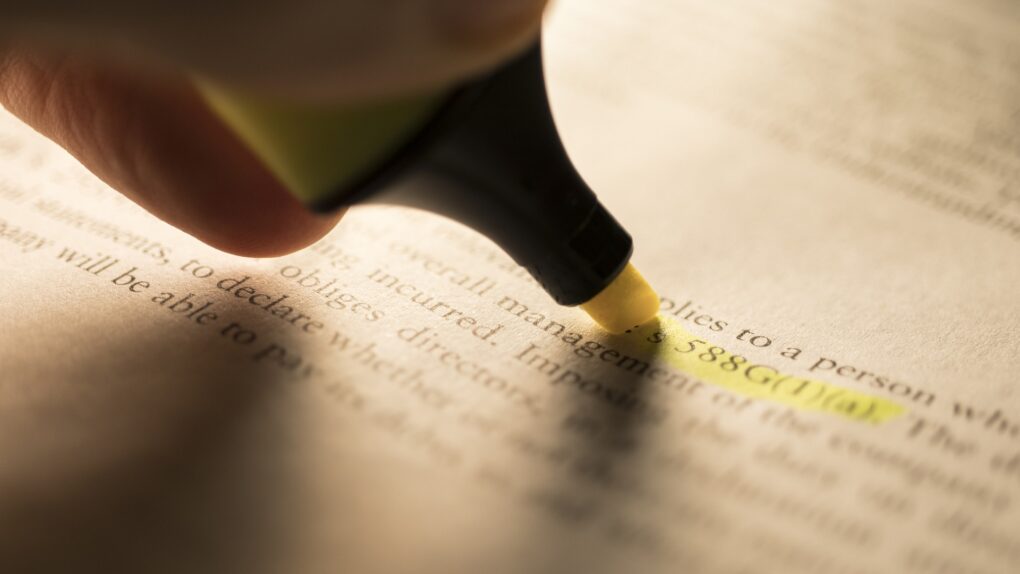Prohibition was authored by the “Anti-Saloon League,” which was founded in 1893 by members of one of the Protestant movements in the Republican and Democratic parties. A few years after it began, the League became a powerful organization that focused on the issue of alcohol prohibition throughout the country. They succeeded in closing dozens of drinking establishments in their home state.
In 1913, the leadership of the League announced its intention to introduce the 18th Amendment to the U.S. Constitution. At the same time they were joined by the Women’s Christian Temperance Union, an equally influential religious organization. In 1916 the bill was supported in Congress by two-thirds of the votes.
Opposition to the sober followers came from the owners of beer establishments – they attracted influential Catholics and German Lutherans to their side.
The so-called Volsted Law was passed in 1919 and included measures for the total ban on the production, sale, and transportation of alcohol. The prohibition did not affect only certain types of alcohol for religious ceremonies. It was not universally prohibited to possess and consume alcohol privately, so legislation varied greatly among neighboring states.
Total prohibition became a trigger for criminal gangs. Almost every self-respecting gangster became a bootlegger – an underground liquor dealer who carried bottles in his boots and thus got that name (boot, leg). The 13 years of the “prohibition era” in the public consciousness were associated with illegal bars and the so-called “rum runners. The latter differed from bootleggers in that they shipped liquor by ship rather than by land.
Once ships with barrels of foreign whiskey and rum were inspected by the Coast Guard, the smugglers’ imaginations ran wild.
That’s how bottles of “medical” whiskey appeared – they began to be supplied to pharmacies with real or fake prescriptions from doctors.
Bars became the back rooms of pharmacies and barbershops – remember Scott Fitzgerald’s The Great Gatsby, where gangsters opened casinos and cabarets at the same time.
The U.S. government decided to act seriously: it was decided to add poisonous chemicals to the alcohol that was used in the specialized factories that would make it impossible to drink. Millions of liters of this compound were illegally shipped, and under far from sterile conditions “purified” from the chemicals.
In the late 1920s, constant federal inspections and police raids forced most newly minted entrepreneurs to stop importing alcohol from Cuba or Canada. Instead, bootleggers produced their own alcohol. Because of their taste, all kinds of these “designer” products were called “poisonous booze”.
The use of poorly distilled alcohol in the early 30’s could be fatal: hundreds of Americans went blind, poisoned people began paralysis, deaths were common.
The sharply deteriorating health of citizens and rampant crime, including prostitution and gangsterism, persuaded the government to repeal the “dry law” in 1933. However, there are traces of its use in the modern U.S. as well.
